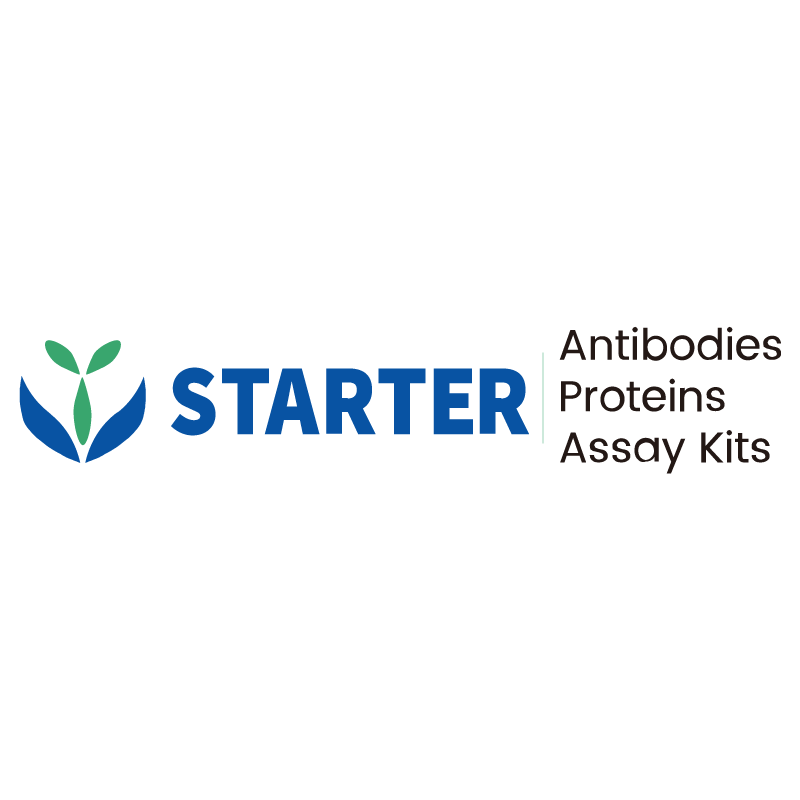Mouse resident peritoneal exudate cells were surface stained with APC Rat Anti-Mouse F4/80 followed by fixation with 4% PFA and permeabilization with the 0.1% Tween. Cells were then intracellularly stained with Rat Anti-Mouse CD206 (MMR) Antibody at 1/200 (1 μg) dilution / (Right panel) compared with a Rat IgG2a, κ Isotype Control / (Left panel). Goat Anti-Rat IgG Alexa Fluor® 488 was used as the secondary antibody. Total cells were used for analysis.
Product Details
Product Details
Product Specification
| Host | Rat |
| Antigen | Mouse CD206 |
| Synonyms | Macrophage mannose receptor 1; Mrc1 |
| Location | Cell membrane |
| Accession | Q61830 |
| Clone Number | S-R498 |
| Antibody Type | Rat mAb |
| Isotype | IgG2a,k |
| Application | ICFCM |
| Reactivity | Ms |
| Positive Sample | Mouse resident peritoneal exudate cells |
| Purification | Protein G |
| Concentration | 2 mg/ml |
| Conjugation | Unconjugated |
| Physical Appearance | Liquid |
| Storage Buffer | PBS pH7.4 |
| Stability & Storage | 12 months from date of receipt / reconstitution, 2 to 8 °C as supplied |
Dilution
| application | dilution | species |
| ICFCM | 1:200 | Ms |
Background
CD206, also known as the mannose receptor, is a highly glycosylated type I transmembrane protein predominantly expressed on the surface of macrophages, dendritic cells, and endothelial cells in various tissues. It functions as an endocytic lectin receptor, mediating the internalization of soluble and particulate carbohydrate structures, thereby participating in innate immunity. CD206 plays a crucial role in the clearance of pathogens, apoptotic cell debris, and extracellular matrix components by binding to glycan structures such as N-acetylgalactosamine and glycosylated molecules. This receptor is also implicated in the regulation of inflammation, as it can inhibit the production of pro-inflammatory cytokines by macrophages and induce an anti-inflammatory phenotype. CD206 is highly specific and is considered a marker for M2-type macrophages, which are associated with tumor progression, including angiogenesis and tissue invasion. Its expression has been closely linked to various malignancies such as breast, ovarian, pancreatic, and prostate cancer, making it a significant target for research in understanding tumor immune microenvironments and for the development of targeted therapies.
Picture
Picture
FC


